Guidelines For Horses Expose to Wildfire Smoke
December 29, 2017 Comments Off on Guidelines For Horses Expose to Wildfire Smoke
The effects of smoke on horses are similar to effects on humans: irritation of the eyes and respiratory tract, aggravation of conditions like heaves (recurrent airway obstruction), and reduced lung function. High concentrations of particulates can cause persistent cough, increased nasal discharge, wheezing and increased physical effort in breathing. Particulates can also alter the immune system and reduce the ability of the lungs to remove foreign materials, such as pollen and bacteria, to which horses are normally exposed.
Continue reading …Alfalfa Particle Size and Gastric Ulceration
December 28, 2017 Comments Off on Alfalfa Particle Size and Gastric Ulceration
“These results were surprising,” the researchers say, “because alfalfa chaff has been suggested to be associated with higher saliva production due to the more intensive chewing involved; increased saliva flow is known to have a buffering effect on the stomach.”
Continue reading …Innovative Senior Living Center Offers Equine Therapy at On-Site Stable
December 28, 2017 Comments Off on Innovative Senior Living Center Offers Equine Therapy at On-Site Stable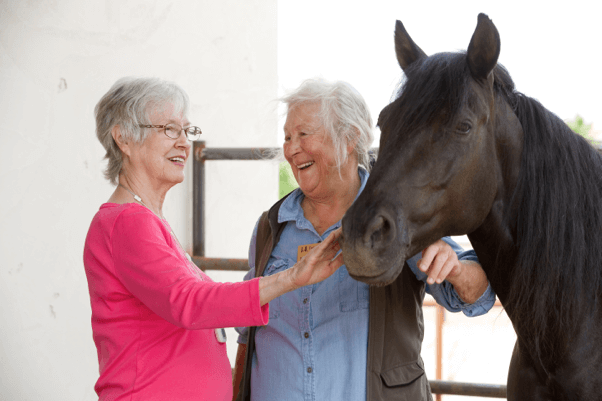
Terraced on the banks of Tucson’s Rillito River, with many boarding stables nearby, The Hacienda at the River offers to make arrangements to board resident’s horses at reputable nearby stables and will transport residents to their horses, or will bring those horses to The Hacienda regularly, on a by appointment basis.
Continue reading …Who’s Who of Farriers and Veterinarians to Gather to Discuss Laminitis and Endocrine Disorders
December 27, 2017 Comments Off on Who’s Who of Farriers and Veterinarians to Gather to Discuss Laminitis and Endocrine Disorders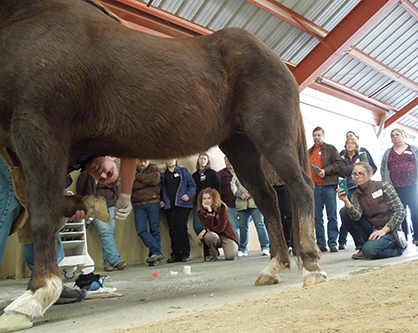
The morning lecture session will include Ms. Bicking presenting “Hoof Mapping – Relating External Landmarks to Internal Anatomy in the Laminitic Foot” (which will highlight foundational principles to evaluate the laminitic foot with a focus on hoof mapping) and “Rehabilitating the Chronically Laminitic Foot Using Composite Materials” (which will highlight the use of synthetics in the treatment of laminitic horses). Dr. Frank will present “The Role of Endocrine Disorders in Laminitis.” This lecture will present background information for farriers and veterinarians to better understand the association between laminitis and pituitary pars intermedia dysfunction (PPID) and equine metabolic syndrome (EMS).
Continue reading …Environmental Extremes Can Damage Horses’ Hooves
December 27, 2017 Comments Off on Environmental Extremes Can Damage Horses’ Hooves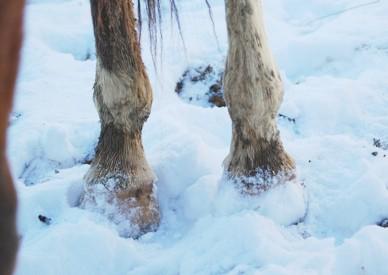
When a hoof dries out too quickly, the protein molecules that make up the hoof structure partly go back into place. However, when they go back in place rapidly, there are gaps between the molecules weakening the hoof structure. This causes the hoof to crack and split under stress. When this wet/dry cycle is repeated over and over, it continues to weaken the integrity of the hoof.
Continue reading …Protect Your Pets From Poisonous Plants This Holiday Season
December 22, 2017 Comments Off on Protect Your Pets From Poisonous Plants This Holiday Season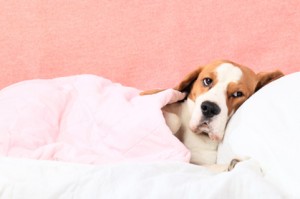
Some other plants that are known to be toxic to animals include:
-holly
-mistletoe
-tulips
-oleander
-amaryllis
-kalanchoe
-yew
-English ivy
Understanding Cold-Induced Laminitis
December 21, 2017 Comments Off on Understanding Cold-Induced Laminitis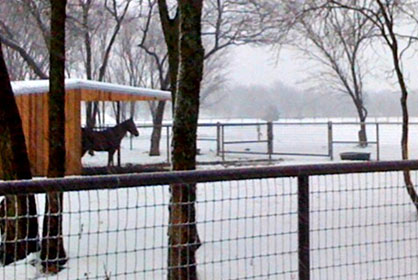
Cold stress may also cause insulin to rise. Insulin resistance is part of the metabolic adaptation to cold weather in several species. Researchers have also noted insulin levels become erratic in horses in cooler weather.
Continue reading …Avoid an Unplanned Visit to the Vet this Christmas
December 20, 2017 Comments Off on Avoid an Unplanned Visit to the Vet this Christmas
Main foods to keep well away from pets include:
– nutmeg – one of the lesser known poisonous foods. Dogs can suffer from issues with the nervous system including tremors, seizures, and even death
Keeping Your Horse Calm Naturally During Stall Rest
December 19, 2017 Comments Off on Keeping Your Horse Calm Naturally During Stall Rest
“Stall rest contributes to 54% of impaction colic cases.” Movement during turnout and exercise increase circulation and stimulates the metabolism. When unable to move the possibility of colic increases.
Continue reading …Trailer Suspension- How it Affects Your Safety
December 19, 2017 Comments Off on Trailer Suspension- How it Affects Your Safety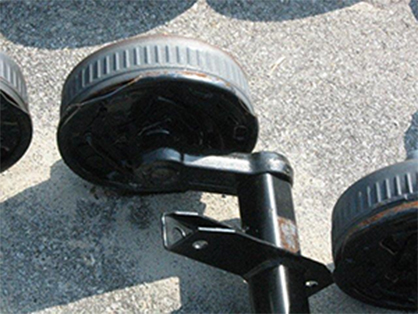
You can drive a short distance with a flat tire. The trailer will remain stable and level, but the adjacent tire will be overloaded – drive cautiously. Rubber torsion absorbs the shock of the road. Your horses get a much smoother ride.
Continue reading …







